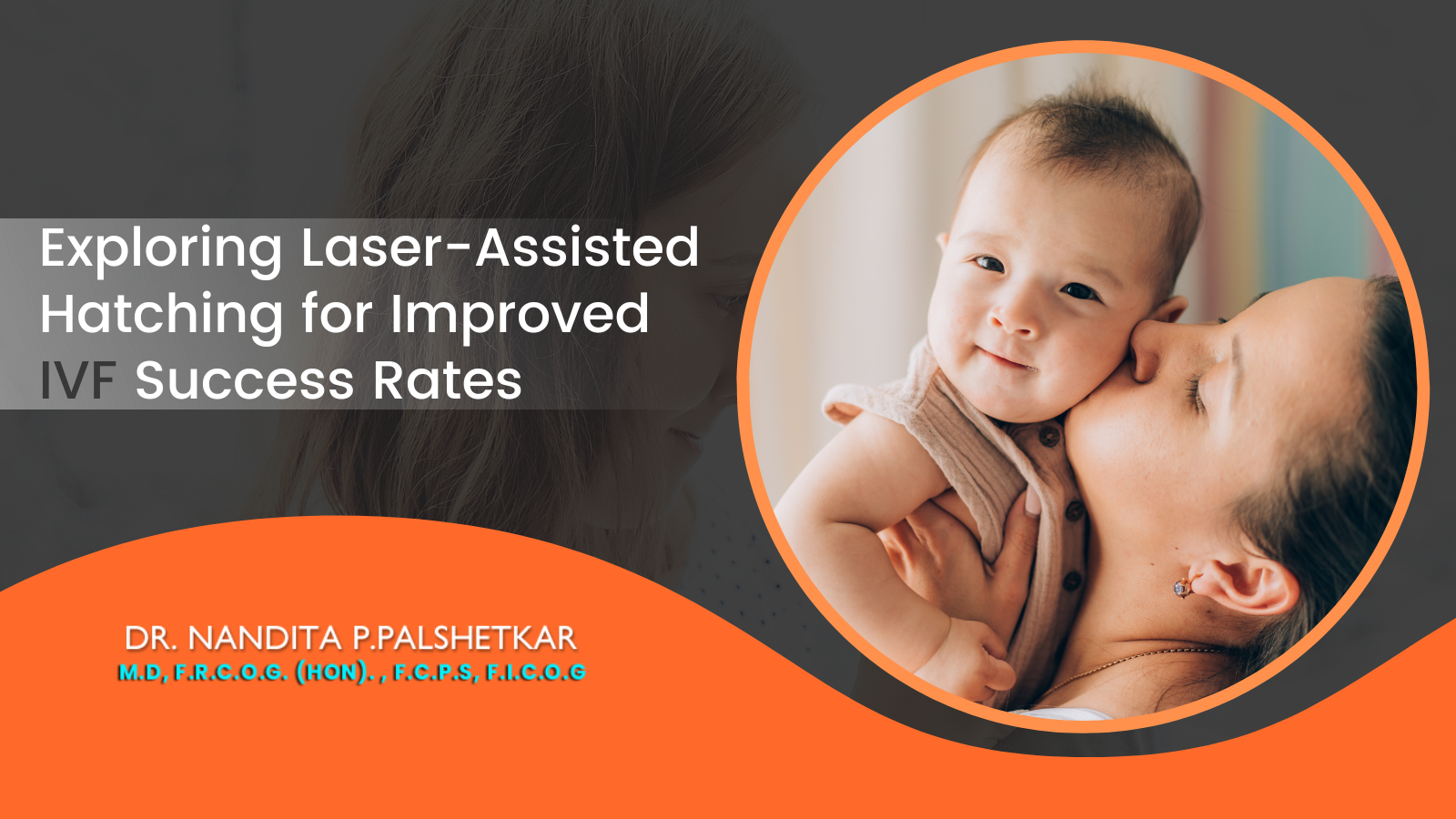

E-Brochure Download Now!

The journey to parenthood can be emotionally challenging, particularly for couples struggling with infertility. While traditional IVF methods have brought hope to many, they don’t always guarantee success for every couple. Laser-assisted Hatching (LAH) emerges as a promising technique that enhances the likelihood of a successful pregnancy.
A study found that LAH significantly increased pregnancy rates among patients who had previously experienced failed IVF attempts or were of advanced maternal age. In this blog, we will dive into the concept of LAH, its benefits, and how it can potentially improve IVF success rates, offering renewed hope to those on the path to parenthood.
Laser-assisted hatching is a precise technique used in IVF to enhance the likelihood of embryo implantation in the uterus. During IVF, after an embryo is created in the lab, it is surrounded by a protective outer shell known as the zona pellucida. The embryo must "hatch" out of this shell to attach itself to the uterine wall for successful implantation. However, in some cases, the zona pellucida can be too thick or hard, making it difficult for the embryo to hatch naturally. This is where laser-assisted hatching comes into play.
Using a highly focused laser, embryologists make a small opening in the zona pellucida just before the embryo is transferred to the uterus. This facilitates the hatching process, allowing the embryo to implant more effectively, thereby increasing the chances of a successful pregnancy.
The zona pellucida plays an essential role in early embryonic development. It protects the embryo and prevents premature implantation in the fallopian tubes. However, when the zona pellucida is too thick, it can hinder the embryo’s ability to hatch and implant in the uterus. The laser used in this procedure is controlled with utmost precision, ensuring that only a small portion of the zona pellucida is opened without damaging the embryo itself. This delicate intervention supports the natural process and increases the chances of a successful implantation.
While IVF is a highly effective procedure, there are specific situations where LAH can be particularly beneficial:
By assisting the embryo in hatching at the optimal time, LAH offers a range of potential benefits for couples undergoing IVF:
Laser-assisted hatching is a minimally invasive procedure typically performed on the day of embryo transfer.
Safety is paramount throughout the process. The LAH procedure is associated with minimal risks and is generally well-tolerated by embryos. Patients can expect a comfortable and painless experience.
Laser-assisted hatching represents a significant advancement in fertility treatments, offering new hope to couples struggling with infertility. By improving the chances of successful embryo implantation, this technique can enhance IVF success rates and bring patients a step closer to achieving their dream of parenthood.
If you believe laser-assisted hatching might be beneficial for your fertility treatment, consider consulting with Dr Nandita Palshetkar to analyse your options. She will provide compassionate care with unmatched expertise. Book your consultation today and fulfil your dream of becoming a parent.
Is Laser-Assisted Hatching Suitable for All Patients?
No, laser-assisted hatching is not necessary for all patients. It is typically recommended for women of advanced maternal age, those with previous IVF failures, or in cases where the zona pellucida is abnormally thick.
How Does Laser-Assisted Hatching Affect IVF Success Rates?
Studies have shown that laser-assisted hatching can increase the chances of successful implantation, particularly in women who have had difficulties with IVF in the past.
Are There Any Risks Associated with the Procedure?
The risks associated with laser-assisted hatching are minimal, particularly when performed by an experienced embryologist. The precision of the laser reduces the likelihood of any damage to the embryo.